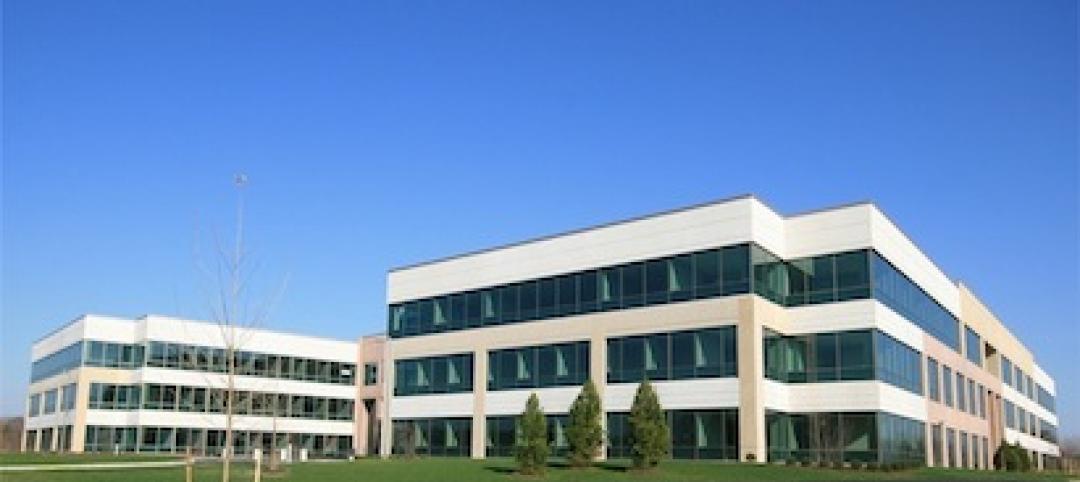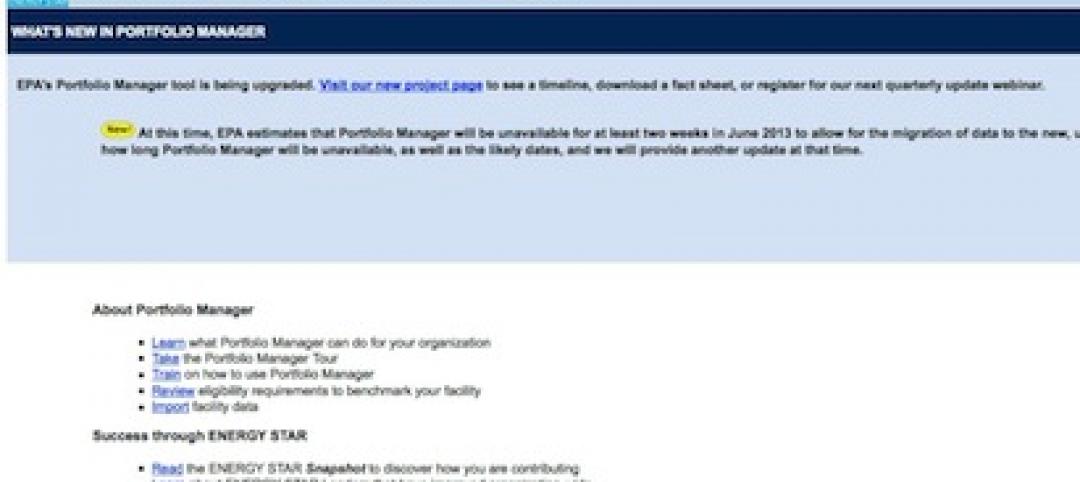
It was supposed to be the perfect new office. In July 2003, Two Rivers Marketing Group of Des Moines, Iowa, began working with Shiffler Associates Architects on a 14,000-sf building to house their rapidly growing marketing firm. Over the next six months they put together an innovative program that drew on unprecedented amounts of employee feedback. Construction kicked off in June 2004; by December, their dream office was close to being reality.
 |
| PHOTOS: CAMERON CAMPBELL |
Then, on December 20, 2004, the virtually complete building caught fire and burned to the ground, leaving Two Rivers Marketing with a soon-to-expire lease and no place to go.
In the aftermath of the fire, the Building Team—Shiffler Associates Architects, with Larson & Larson Construction (GC), The Waldinger Group (M/E engineer), and Korpela Engineering (structural)—came to realize that the fire was something of a mixed blessing: the burnt-out space wouldn't have met the client's needs for long in any case. In six years, the staff had grown from 14 to 60 employees, and the marketing firm was hiring like mad. Clearly, finding a new building to renovate with enough room for expansion was top priority.
Three months later, they found the right place—32,000 sf of steel and glass. Originally constructed in 1935, this former General Motors parts warehouse offered sweeping views of the Iowa State Capitol building and downtown Des Moines. With all square footage on one large floor, the warehouse gave Two Rivers Marketing the opportunity to arrange their staff in an open configuration that separated people by distance, rather than walls, and encouraged collaboration between designers, writers, and account managers.
The firm also felt that the industrial space offered a symbolic connection to their clients—largely industrial-based companies like Bobcat and Ingersoll Rand—in a way that a stuffy, marble-and-mahogany environment would not. Nor did it hurt, given the firm's recent history, that the warehouse was made entirely of noncombustible materials.
 |
 |
| Simple, inexpensive materials were used throughout the interior spaces. The main lobby is clad with plywood panels (top) and semi-transparent corrugated fi berglass walls enclose the mezzanine workspaces (above). PHOTOS: CAMERON CAMPBELL |
With Two Rivers Marketing's lease set to run out at the end of 2005, the design-build team had nine months to not only repair 70 years' worth of lapsed maintenance, but also to transform a raw warehouse into the ideal office space for a fun, hip marketing firm.
The first step was quickly coming up with an architectural program and design that would fit the space. Luckily, the team was able to use the program from the original, burnt-out building. To make the program fit the much larger space, they added a photo studio, a larger break area, and plenty of office room that would allow the company to grow.
Then came the job of updating and repairing the shell of the building to meet codes and energy-efficiency needs. The building's windows—steel sash and single pane, many with concrete sills that had come loose from the masonry below—needed serious work. The team reset all the windows and doweled them into place, replacing the old panes with aluminum frames and insulated glazing. The HVAC system, which at purchase consisted of multiple ceiling-hung furnaces, was replaced with more effective rooftop units.
With the basics taken care of, the team could then move on to aesthetics. In order to build a brand connection with their industrial clientele, Two Rivers chose to maintain the look and feel of the original GM structure. The original concrete floor was polished to a bright sheen. The trim materials used for desks, wall details, and the few dividing walls were chosen for both their industrial character and their ability to maintain a sense of openness. These included plywood and inexpensive corrugated fiberglass panels.
But the team's greatest achievement was the addition of a mezzanine into the building's pre-existing central clerestory. Adding 3,000 sf of extra space, the mezzanine is self-supporting and appears to float on narrow, canted columns. It is divided into a series of “pseudo rooms,” defined enough to give the firm's executives private offices, but tied to the rest of the design's open layout by semi-transparent corrugated fiberglass walls set with open plywood window boxes.
The industrial theme is maintained here, too, by walkways made of steel grating and wire mesh guardrails that reference back to old-fashioned factory catwalks. The space beneath the mezzanine is designed to be an impromptu meeting place, with couches and chair groupings that encourage brainstorming sessions.
Completed last December, the project has won several preservation and design awards. Two Rivers Marketing continues to draw in more new employees, possibly as a result of another renovation element—a full kitchen complete with keg fridge and pool table.
Related Stories
| Feb 14, 2013
Guardian DiamondGuard installed in the Empire State Building
Guardian Industries DiamondGuard glass was recently installed on the 102nd story of the Empire State Building in New York City as part of an extensive renovation to update this venerable landmark.
| Feb 12, 2013
OMA's 'perimeter core' design wins competition for Essence Financial Building in Shenzhen
OMA partners David Gianotten and Rem Koolhaas rethink traditional office tower design with a plan that shifts the building's core to the edge for large, unobstructed plans.
| Feb 8, 2013
5 factors to consider when designing a shade system
Designing a shade system is more complex than picking out basic white venetian blinds. Here are five elements to consider when designing an interior shade system.
| Feb 6, 2013
RSMeans cost comparisons: office buildings and medical offices
RSMeans' February 2013 Cost Comparison Report breaks down the average construction costs per square foot for four types of office buildings across 25 metro markets.
| Feb 1, 2013
Delinquency rate for U.S. commercial real estate loans hits 11-month low
The delinquency rate for U.S. commercial real estate loans in CMBS fell 14 basis points in January to 9.57%. This is the lowest level in 11 months, according to Trepp, LLC's latest U.S. CMBS Delinquency Report.
| Jan 31, 2013
The Opus Group completes construction of corporate HQ for Church & Dwight Co.
The Opus Group announced today the completion of construction on a new 250,000-square-foot corporate headquarter campus for Church & Dwight Co., Inc., in Ewing Township, near Princeton, N.J.
| Jan 31, 2013
More cities requiring large buildings to use EPA’s energy management and reporting
In 2012, Philadelphia joined several other U.S. cities in passing a requirement that large buildings use Portfolio Manager, the Environmental Protection Agency’s energy management tool, to measure and report energy performance.
| Jan 29, 2013
Astellas' New Headquarters for the Americas Earns LEED Gold Certification
The new headquarters for Astellas in the Americas in Northbrook, Ill., has been awarded LEED Gold certification by the USGBC.
| Jan 16, 2013
SOM’s innovative Zhengzhou Greenland Plaza opens
The 2.59-million-square-feet building houses a mixed-use program of offices on its lower floors and a 416-room hotel.
| Dec 9, 2012
The owner’s perspective: high-rise buildings
Douglas Durst on the practicalities of development: “You must think about a building from the inside out.”
















